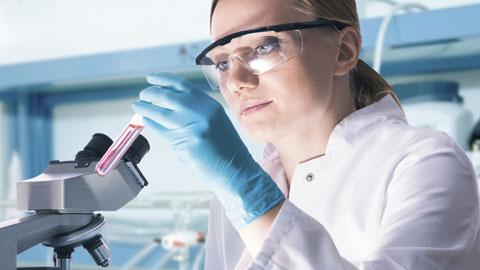
Current Trends in Laboratory Management
Over the past 20 years, clinical laboratory in vitro diagnostics (IVD) has seen significant advances due in part to enhanced computer technology. The days of manually completing laboratory tests has fortunately been replaced with compact, highly precise instrumentation that offers fast throughput. Most instruments interface with a robust laboratory information system (LIS) that provides a platform to record data, preserve it, and report it in a timely and accurate manner.
3 levels of Change management:
- Individual change management
- Organizational/Initiative change management
- Enterprise change management
Advancement of technology has helped the laboratory system a lot. Not only it can reduced the time consumed by the staff, but it can also make the work easier and faster. Through automation, it offers better use of staff, decrease need for redundant equipment, and improve overall efficiency. As new laboratories are built or old ones renovated, the open laboratory concept is generally adopted. In addition, environmental and ergonomic concerns are also addressed.
While there are many challenges facing today's clinical laboratory, there are also many rewards. The importance of the laboratory has gained recognition in its ability to contribute significantly to patient management. It is with this optimistic approach that laboratorians look forward to playing an even bigger part in healthcare and to be recognised for the skills we bring to the table. Advances in technology will continue to influence laboratory practices and how we educate our future laboratory scientists. By embracing these advances, we will be able to implement this technology into everyday practice, thus providing a higher level of patient care.

Walang komento:
Mag-post ng isang Komento